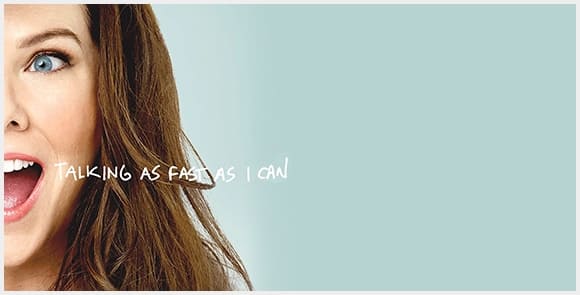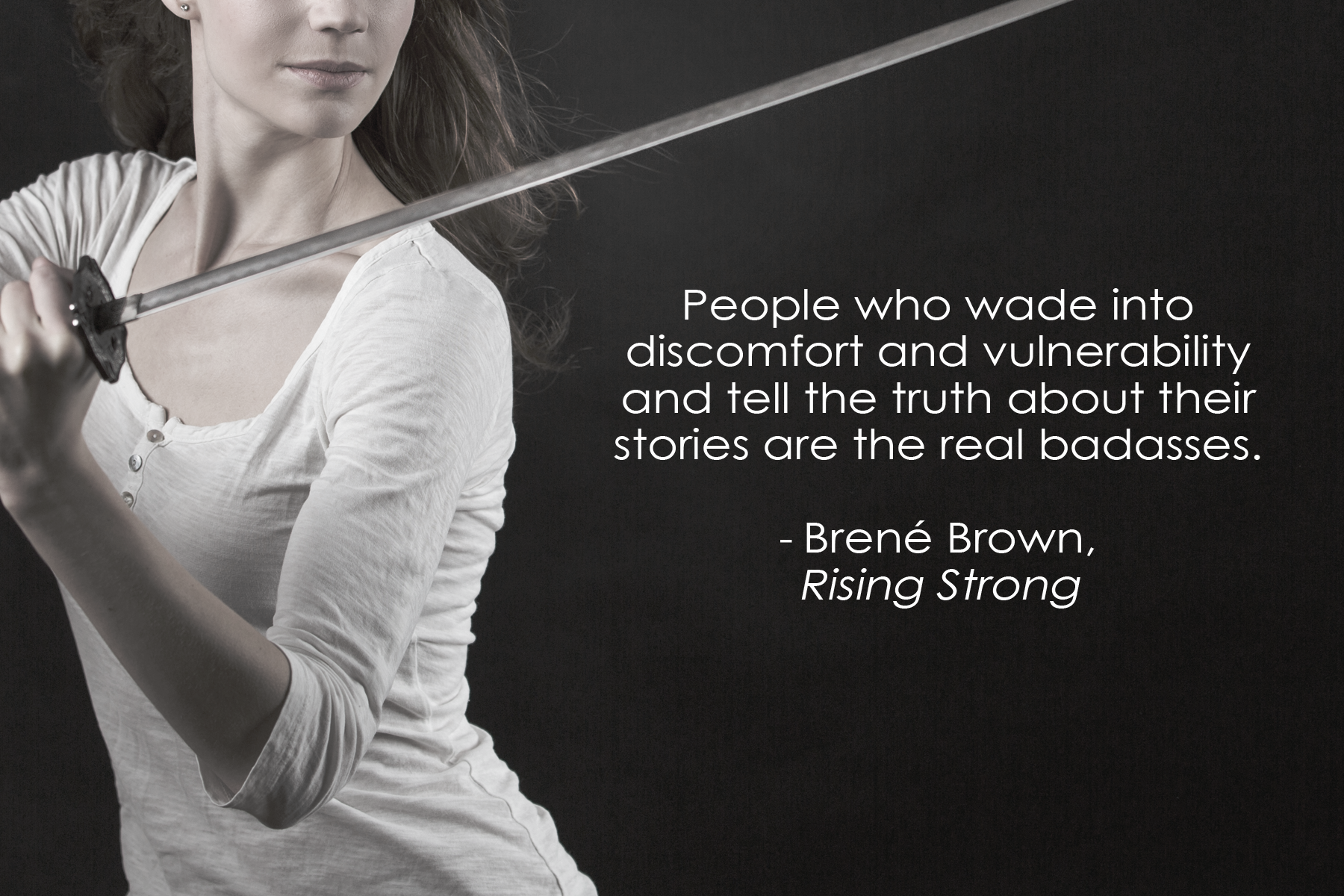
As avid readers of Women’s Post are keenly aware, I’m a big fan of the hit-show Gilmore Girls. Even though I didn’t love the revival, Gilmore Girls: A Year in the Life, the original show still maintains a special spot in my heart. That’s why I picked up Lauren Graham’s book “Talking As Fast As I Can: From Gilmore Girls to Gilmore Girls (And Everything In Between).”
When I started to read this book, I didn’t know what to expect. I knew it was an autobiography of sorts that touched on the actress’ role as the infamous Lorelai Gilmore and that it would contain a diary of the filming of the revival. But the book also gives readers a sneak-peak at the Graham pre-and-post this iconic role.
I knew nothing about the actress behind my all-time favourite television character — which meant that while reading the book all I heard was Lorelai Gilmore speaking in my head. But, strangely enough, that worked.
It takes a few chapters to get used to Graham’s writing style, which is as conversational and scattered as a Gilmore Girl. She makes the reader feel like a friend and is not afraid to abruptly end a sentence and jump into broadway song lyrics or go on a tangent about her wardrobe or a phone conversation she had with her dad. It’s through this writing style the readers are truly able to get to know the author.
Some of my favourite chapters revolved around her writing and her entrepreneurship. When she first started writing, she received a lot of flak from male journalists and men within these industries, all of whom couldn’t believe she didn’t have help completing her work. When bigger opportunities were offered to her, she questioned it, wondering whether the people she was meeting with had other people in mind to produce or be in charge of her projects. The sexism she experienced made her feel inferior, but it’s something she was able to combat, which I found incredibly inspirational.
“It’s not lost on me that two of the biggest opportunities I’ve had to break into the next level were given to me by successful women in positions of power,” she writes. “If I’m ever in that position and you ask me, “Who?” I’ll do my best to say, “You” too. But in order to get there, you may have to break down the walls of whatever it is that’s holding you back first. Ignore the doubt—it’s not your friend—and just keep going, keep going, keep going.”
And of course, there were the two chapters on Gilmore Girls themselves. In “What was it like, Part I”, Graham re-watches the original series and makes comments on the fashion, technology, and the elements she loved about each season. This chapter seems to go by fast, and I wished there was more insight into the relationships between the actors rather than a simple review — but that’s not Graham’s style. As much as that was what I wanted, I respect Graham for not dishing on her co-workers. The whole book is full of positive messages, and that was something I sorely needed at the time I read it.
In “What it was like, Part II”, there was a lot more detail. Graham kept a diary during the filming of the Gilmore Girl revival and readers get an in-depth look into the challenging process of re-creating the series nearly 10 years later. The diary is written in order of filming, not in order of episodes, which provides a unique view into what it was like to make the Netflix hit. Apparently, Carol King gave an impromptu concert that led to many tears and a few emotional breakdowns. Don’t you wish you could have been there?
What did I learn after reading this book? Lauren Graham is my spirit animal — and probably yours too!Her style is refreshing and authentic, something that is very rare in memoires, which tend to be overly edited and formal. Some of the other topics mentioned in the book include the trials and tribulations of trying to be an actress in New York, the blunt of sexism when trying to promote her first novel, and the challenge of sitting down and writing. She speaks candidly of the jobs she auditioned for that made her cry, the jobs she took because she had to, and the struggles of being an artist.
If I had to sum up “Talking As Fast As I Can” in one essence, I would say this: Graham broke down the barrier between “celebrity” and “normal”, proving that actors and actresses are just regular, nerdy people who love the work they do, and sometimes do work they don’t love to do. Seems simple, but trust me, its a lot more complicated. You should probably read the book to truly understand.

